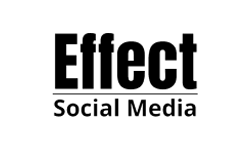Engage Leads at Scale
Convert 8x More
Vinna helps you create personalized video messages, engage leads at scale, book more meetings, build stronger connections, and automate email and linkedin video outreach - all powered by AI.
- 5.0 rating
- 2500+ users
- 2 minute set-up

"25 Booked meetings and 18,000€ in sales in 30 days"

"I booked 3 meetings within 24 hours"

“Best AI video personalization tool out there”
Trusted by over 2500+ companies
How it works:
Record Video
Record one pitch video, upload it to Vinna, and let us personalize the rest for you.
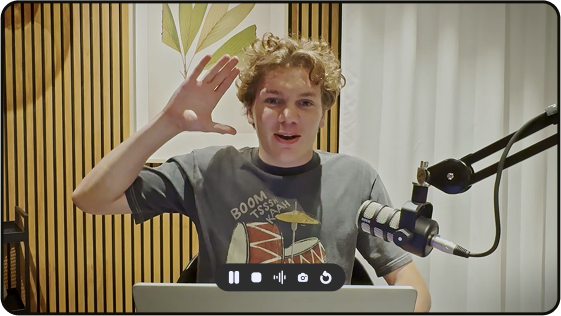
Build Landing Page
Build and design a landing page with our drag-and-drop builder and custom variables - no coding required.
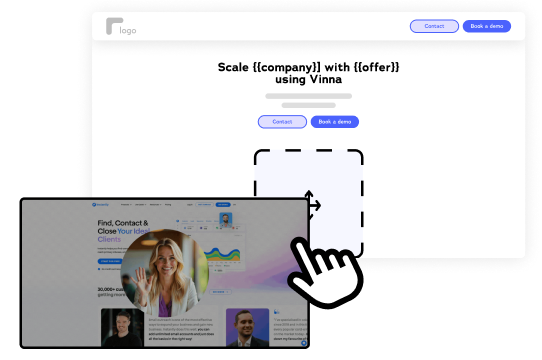
Generate Videos With AI
Upload your contact list, select the background column, and with one click, Vinna will generate a personalized video and landing page for each lead in minutes!
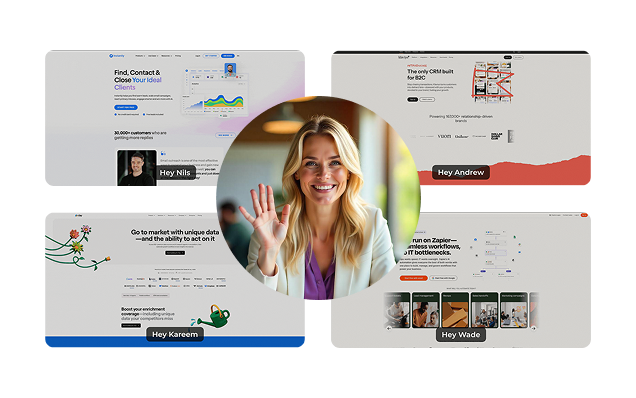
Send Anywhere
Vinna works wherever you work, and integrates with over 50 sending tools. See integrations.
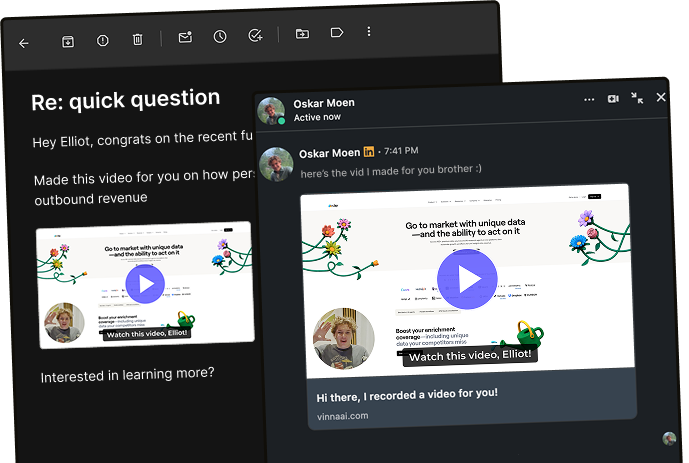
Wide range of
features included
Custom Landing pages
Create landing pages, personalize with custom variables, and embed your calendar for instant bookings. Need advanced customization? Use our HTML editor to fine-tune every detail. No coding required.

Personalized Thumbnails
Use personalized GIFs, images, and links to boost attention and responses in your B2B outbound sales.
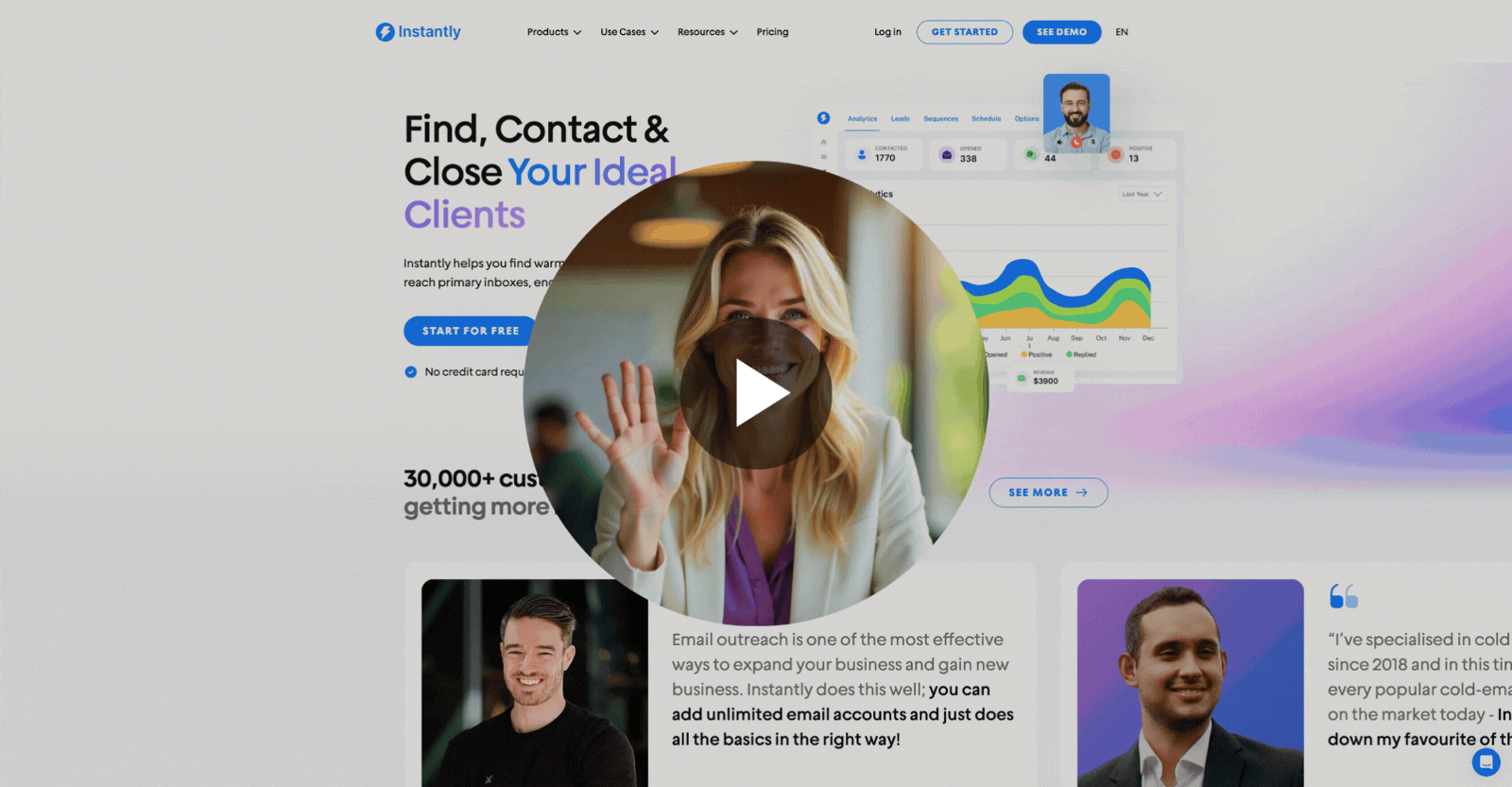
Stitch Videos Together
Grab attention with a personalized intro, then seamlessly transition into your high-converting sales pitch. All without extra work.
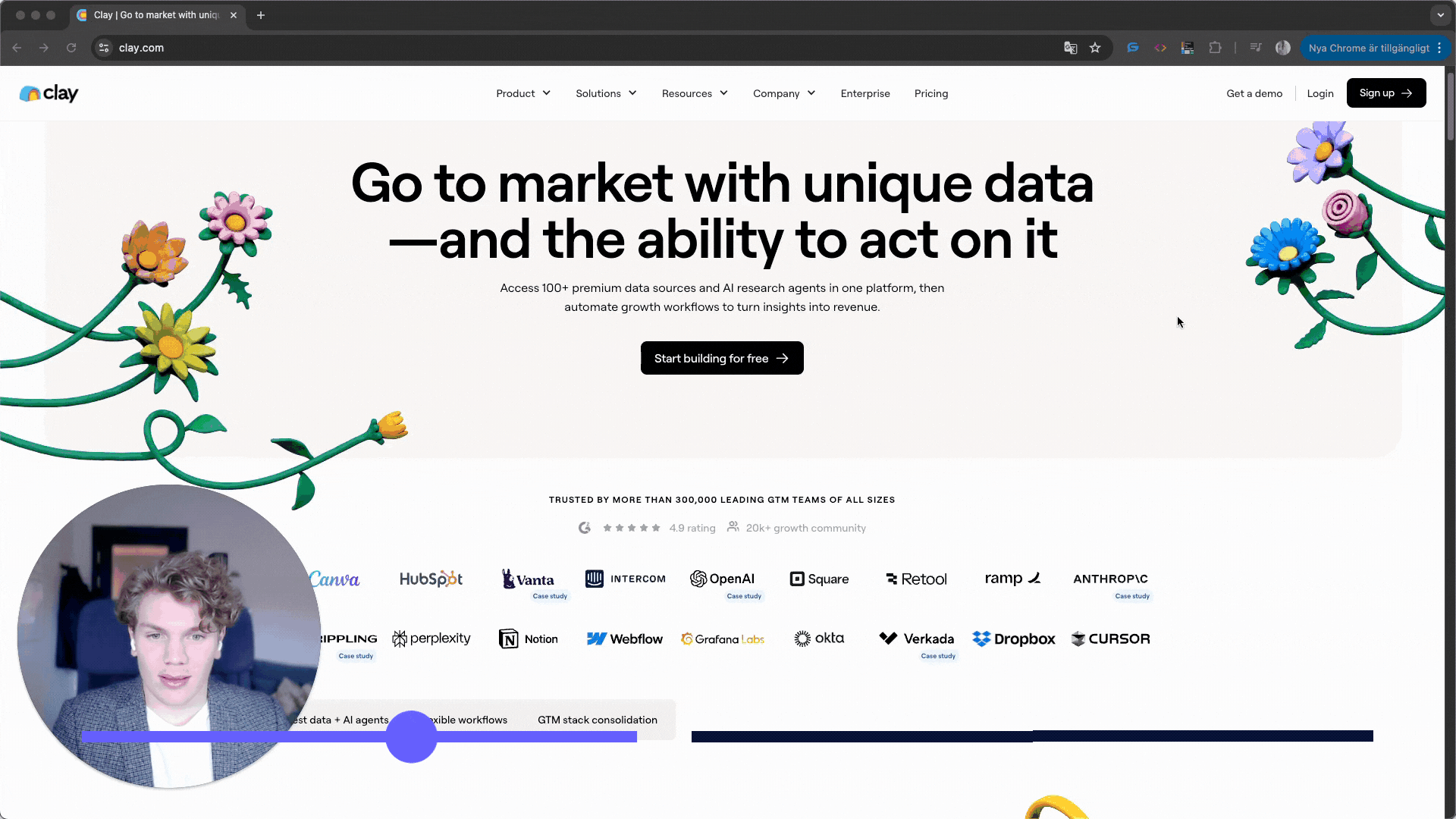
Detailed Analytics
Gain insights on landing page visitors and video viewers, track their engagement time, and identify high-intent leads. Make data-driven decisions to refine your strategy and optimize follow-ups.

Avoid Spam with Custom Domains
Host videos on your own domain, switch between different URLs, and customize links for each recipient. This will help ensure higher deliverability and more engagement.
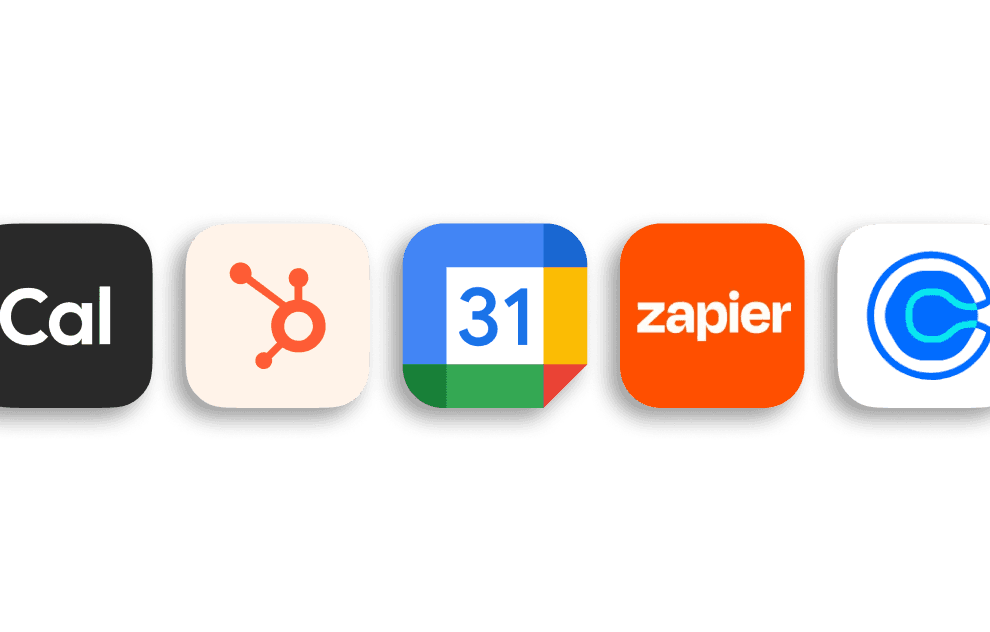
Loaded with integrations.


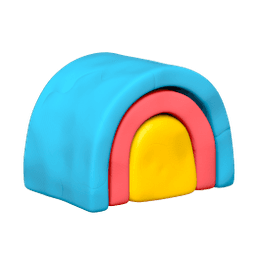








FAQ
What is Vinna?
What kinds of companies use Vinna?
How long does it take to generate videos?
Is it bad for deliverability?
Can I use my own domain?
